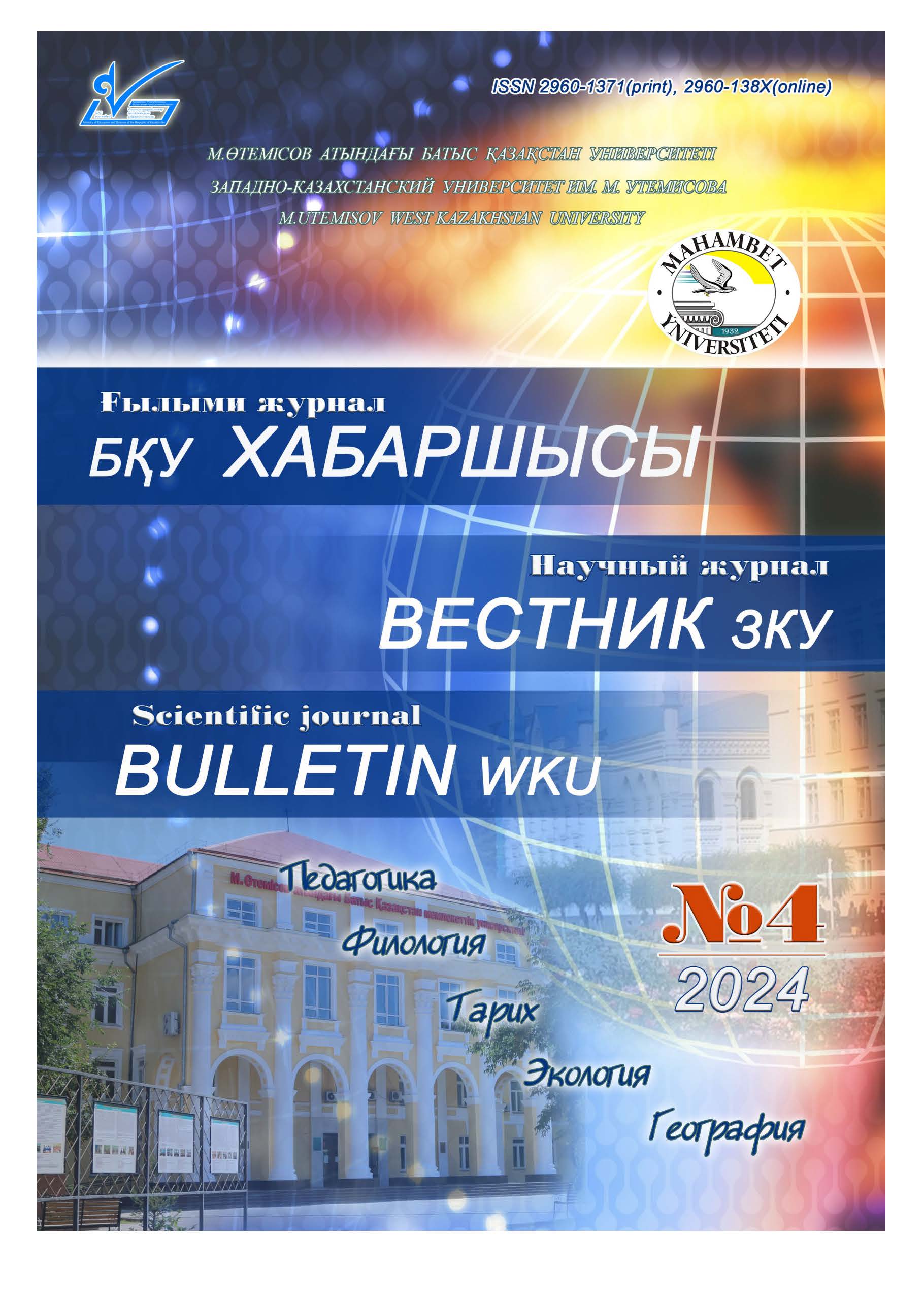WILKIE COLLINS' NOVEL «THE WOMAN IN WHITE»: THE IMAGE OF A DOUBLE
Abstract
Wilkie Collins' novel «The Woman in White» (1860) occupies a special place in the work of the writer, combining the traditions of English realism with elements of a new genre – detective. Collins develops the detective form, borrowing its foundations from Edgar Allan Poe and his mentor Charles Dickens, adding innovative elements such as multiple narrators. The central plot of the novel is built around criminal substitution and the motive of duality, which becomes key to understanding the artistic world of the work. The image of a double permeates the novel: two heroines (Laura Fairley and Anne Catherick), two investigators (Walter Hartright and Marian Holcomb), two criminal lines (substitution and forgery). The work is based on a real fact borrowed from the judicial chronicle, which connects the novel with the naturalistic tradition characteristic of the literature of the XIX century. However, Collins rejects strict naturalism, arguing that literature should be fascinating. The story is built on the confrontation of mercenary crime and the search for justice, exacerbating the social and legal problems of his time, such as the disenfranchisement of children born out of church marriage. The novel stands out for its deep psychologism, multi-layered plot and innovative use of narrative strategies, which made «The Woman in White» a fundamental work in the development of the detective genre.



